Our previous article discussed the Macchi M.5, one of the best hydroplane produced by the Italian company Macchi, presented in the recently released WW1 Wings of Glory Airplane Packs. Now let’s learn something more about the three versions represented in Wings of Glory.
Willis Bradley Haviland
Commander Willis Bradley Haviland (1890–1944) was a pioneer military pilot in World War I and a Naval Air Station Commanding Officer in World War II. Part of Lafayette Escadrille, he was among the first American air combat pilots to fight the Germans in World War I, before the United States officially entered the war. He would later become the first pilot to launch an airplane from a battleship.
Haviland attended Kemper Military School and Iowa State College of Agriculture and Mechanic Arts at Ames, and then he enlisted in the United States Navy from 1907–1911. When war broke out in Europe, Willis joined the American Field Service (nicknamed "Friends of France") in 1915.
There he drove ambulances for seventeen months at the Alsace front. When the Field Service and American Ambulance severed ties in the summer of 1916, Willis earned a pilot's license (7 September that year) and entered the American Escadrille, which was soon renamed the Lafayette Escadrille, becoming the sixteenth American volunteer pilot in the squadron.
Haviland was primarily an escort and reconnaissance pilot in the Lafayette Escadrille, and occasionally was assigned to a bombing run. He was only allowed to engage enemies in defense. Consequently, he earned only two confirmed "kills" during this period, not nearly as many as his ace peers who had more aggressive assignments.
He was adept at keeping his plane out of the enemy's firing angle and if provoked, he was skilled enough to send the German and Austrian pilots into retreat when he turned on them.
After United States joined the war, Haviland became Executive Officer of a Naval Air Station at Dunkirk, France, with one month of special duty in the 13th Squadron RNAS, flying a Sopwith Camel single-seater biplane.
In July 1918, Lt. Haviland was reassigned to command the Naval Air Station near the village of Porto Corsini in Italy and train pilots there. He was so efficient that, after an inspection by Admiral H. T. Mayo, he had “the distinction of being the most heavily engaged unit of the U.S. Naval Forces in Europe."
In the postwar, Lt. Haviland was assigned to the USS Texas (BB-35) near Guantánamo Bay as a combat pilot. There, he became the first pilot to launch a plane off a U.S. battleship, and the first pilot to launch a military aircraft off any ship, motivating the United States to begin developing the first military aircraft carriers.
The idea was inspired by experiments in 1910, when stunt aviator Eugene Ely launched a Curtiss Model D (non-military) biplane off of a custom platform, built onto the United States Cruiser USS Birmingham. Haviland's idea, which he had proposed to Captain Nathan C. Twining on the USS Texas (BB-35), was to build a 40-foot-long (12 m), 12-foot-wide (3.7 m) runway of timbers lashed together on the Number 2 guns of the Battleship's forward deck.
His Sopwith Camel biplane would be winched down on the runway and its wheels held by a bridle to be released at Haviland's command, after the plane's propeller had sufficient speed for takeoff.
This is an extract of the story of his feat: "Haviland climbed into the cockpit and revved and raced the plane's motor until it seemed to the nearby sailors that the prop blast and vibration would tear the fuselage apart. Haviland signaled for the cables to be released. The straining aircraft roared down the runway, dropped precipitously toward the sea, then climbed into the sky."
Lt. Haviland subsequently served on the USS Oklahoma, whose service would end at Pearl Harbor in 1941. Afterward, he became the Executive Officer assigned to the establishment of a Naval Air Station on Whidbey Island, Washington, becoming the Commanding Officer of that station in November 1943.
When his superior officers, impressed by his efficient management, asked him to relinquish command for a special assignment in the Central Pacific War Zone. He accepted, but was killed on 28 Nov 1944. He is interred at Arlington National Cemetery in Arlington, Virginia.
Haviland's piloting skills in World War I earned him a U.S. Navy Cross, a French Croix de guerre with two palms and one star, a Belgian Croix de guerre with palm, an Italian Croce di Guerra ("Cross of War"), and an Italian Medal of Military Valor.
Domenico Arcidiacono
Domenico Arcidiacono's airplane and his insignia were perhaps the most famous of the Italian Regia Aeronautica during the First World War.
Arcidiacono served in the 259a Squadriglia on the Adriatic coast, in Venice. Flying the Macchi L.3, he took part in several missions against Austrian airplanes and attacks on their respective bases. His squadron, commanded by Magaldi, executed several attacks against Pola and above the Adriatic Sea.
Domenico Arcidiacono, known as “Peppuzzo,” led the 261a Squadriglia after Magaldi, and faced the last Austrian attacks against Italian aviation. His Macchi M.5. was famous for his insignia: a Sea Drake on the front and sides of the fuselage, with black streaks. He also wrote also his motto on his airplane, "I Casi sono due," as other Italian pilots did during this period, reproducing famous sentences of actors or entertainers. It seems the Arcidiacono sentence was taken from a monologue of the great Italian actor Ettore Petrolini.
Under Arcidiacono's command, the squadron of Macchi M.5s performed escort missions of other planes and attacks against Drachens. During those months, his squadriglia fought aggressively against enemies trying to bomb Italian objectives in the Caorle/Piave area.
The 261a Squadriglia took part in the raids on Pola in the Summer of 1918, and also in the famous Raid on Vienna on 9 August 1918, guided by the Italian poet Gabriele D’Annunzio. They patrolled the Trieste gulf while other airplanes flew to the Austrian capital. Few weeks after, the 261a Squadriglia planes escorted the poet on another victorious raid on Pola.
Friedrich Welker
There aren’t many records about this pilot. Friedrich Welker was born in 1890 in Bácsfeketehegy. He flew a Macchi M.5 (Registration Number 7068, Construction Number 1354, Code 5 of 260a Squadriglia of Regia Aeronautica) captured by Austrians on 19 novembre 1917, when the over-eager Italian pilot Daniele Minciotti ran out of fuel while chasing two enemy aircraft.
The Macchi was taken to Pola, bedecked with black crosses in the standard positions (bow, fuselage sides, inner portions of the upper and lower wings) and the Austrian flag on the rudder, tail plane, and upper wingtips.
After this cosmetic update, the Macchi M.5 was used by Austrian aviation, Kaiserliche und Koenigliche Seeflieger, until 23 February 1918, when it crashed in Trieste harbor, near the Servella pier, mortally injuring its pilot, Fähnrich in der Reserve, Matrosenkorps Friedrich Welker.
The Italians learnt of all this from Franz Boros, an Austrian naval aviator, captured on 4 may 1918.
Information sources: Wikipedia, SteelNavy.com, Roberto Gentilli, Paolo Varriale - I Reparti dell'Aviazione Italiana nella Grande Guerra. Roma, Aeronautica Militare, Ufficio storico. 1999; Gregory Alegi - Macchi M.5, Windsock Datafile 86, Albatros Productions, Ltd Great Britain, 2001, Mauro Antonellini.

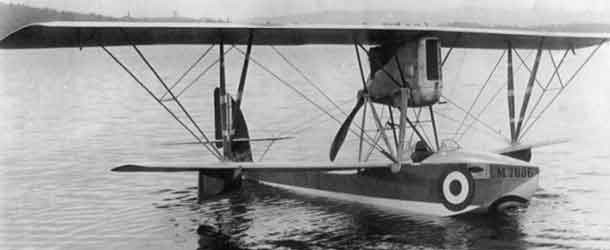
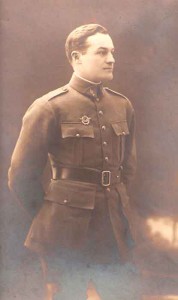
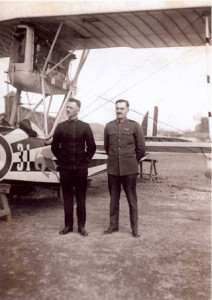
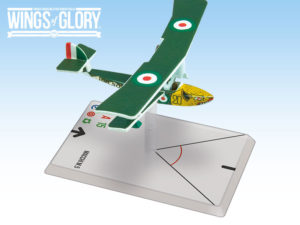
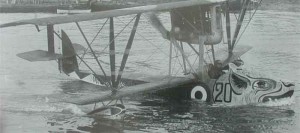
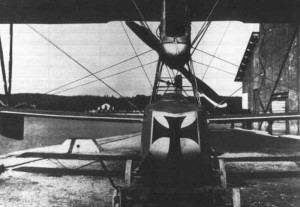







Follow Us on